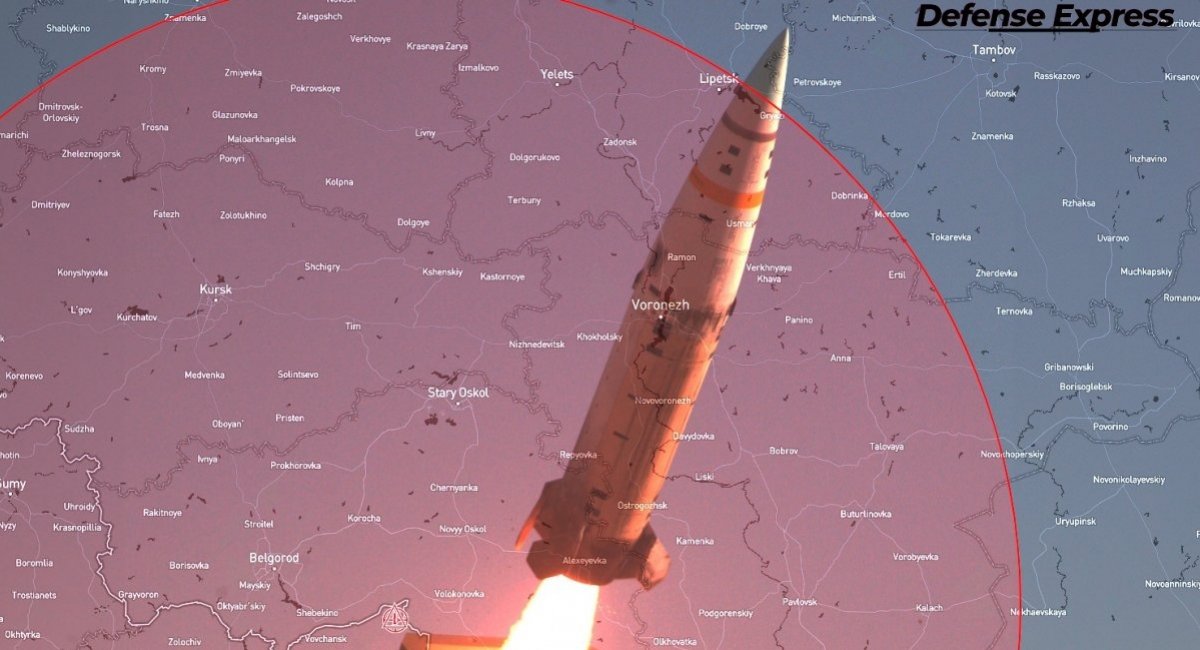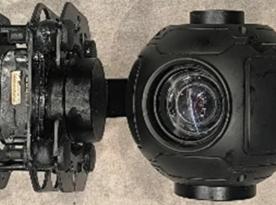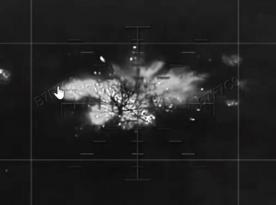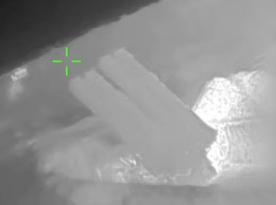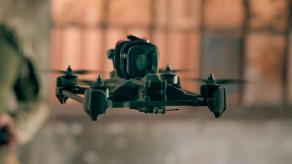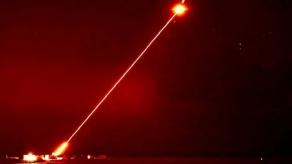Following the confirmation of iran's supply of ballistic missiles to the russian federation, Washington is poised to lift the ban on strikes inside russia. This limitation, related to the ways Ukraine is allowed to use the weapons provided by the United States, will reportedly be the focal point of discussions between US, UK, and Ukrainian top officials. According to anonymous sources, the decision is to be announced during the September 11th visit to Kyiv by U.S. Secretary of State Antony Blinken and the United Kingdom Prime Minister Keir Starmer.
Departing for Ukraine's capital, Blinken said his purpose is to hear "directly from the Ukrainian leadership" about their "objectives and what we can do to support those needs," as quoted by BBC. Kyiv, meanwhile, has been quite vocal about its needs: Defense Minister Rustem Umierov said Ukraine had sent a list of targets inside russia waiting to be struck, if the White House permits.
Explaining why the ban is still in force, one of the key reasons from Washington was that even if lifted, it wouldn't bring much of a change. So let's take a look what is the potential impact long-range weaponry can have by exploring some of those potential targets.


Where an ATACMS Could Reach
Right now, there's only one type of long-range American weaponry available to Ukraine: ATACMS ballistic missiles. In the M57 version, these missiles have a range of 300 km and a warhead weight of 214 kg. The M39A1 Block I variant, with a 174-kg warhead containing 300 M74 submunitions, also has the same 300 km range.
From Ukrainian territory, even with a safety margin from the border, a 300 km range is sufficient to strike targets in the Smolensk and Lipetsk regions of russia. From frontline areas in the east, Ukraine could reach military installations such as the Millerovo and Yeysk airbases, important logistics or command centers in Rostov-on-Don, or the well-known Shahed drone launch site near Primorsko-Akhtarsk.
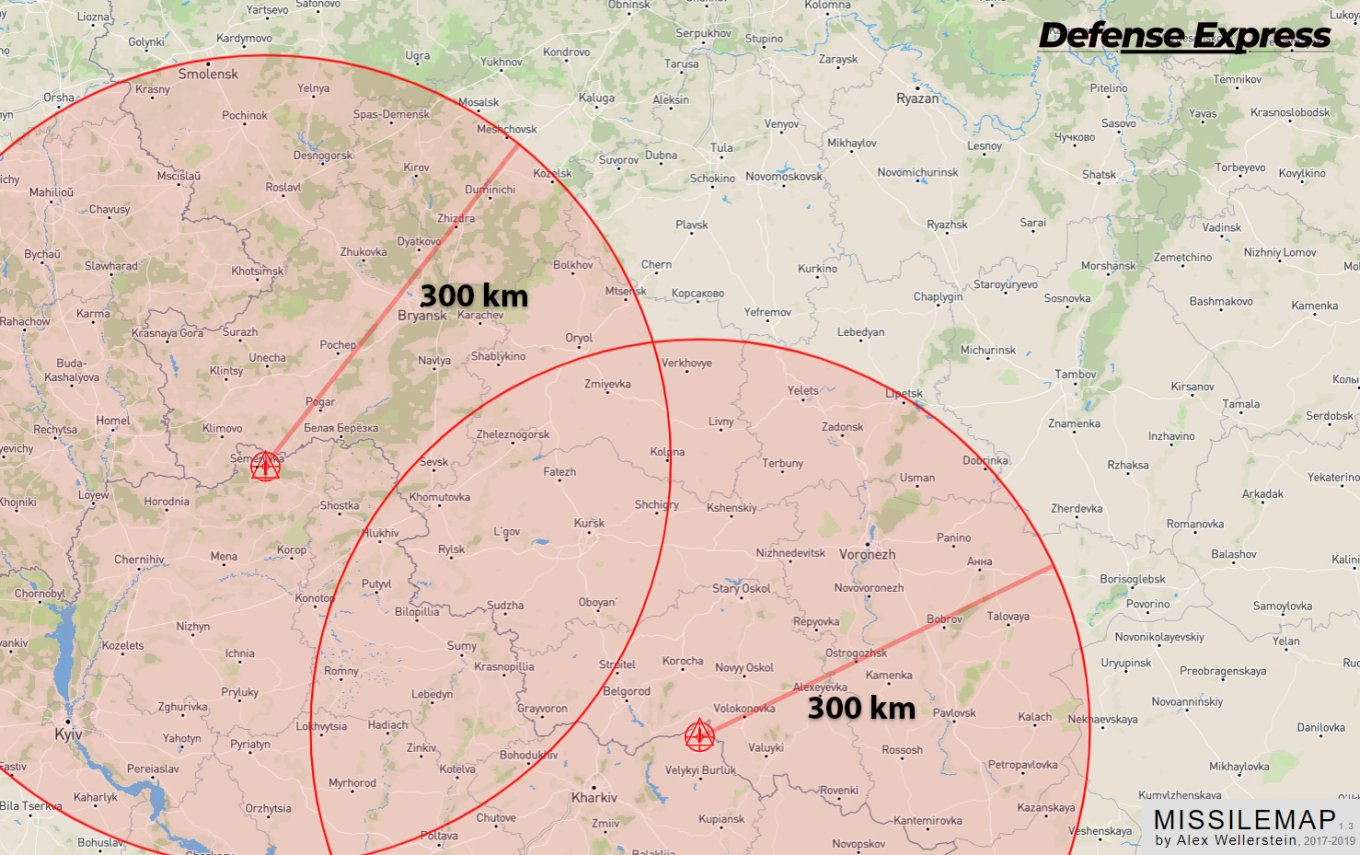
Where a JASSM Could Reach
Discussions about the U.S. potentially transferring AGM-158 JASSM cruise missiles to Ukraine have been ongoing for some time. Recently, reports suggest they might be delivered as early as this fall. These cruise missiles are the only compatible option for the F-16 fighter jets Ukraine received just a month ago. The basic version of the JASSM, with a 450-kg warhead, has a range of up to 370 km.
Although the range difference between ATACMS and JASSM is just 70 km, this additional distance is crucial. It would allow Ukraine to reach Novorossiysk, now the main base of the russian Black Sea Fleet, as well as other key locations in the Krasnodar region. Additionally, in the northern direction, Ukraine could target areas as far as Kaluga and Tula.
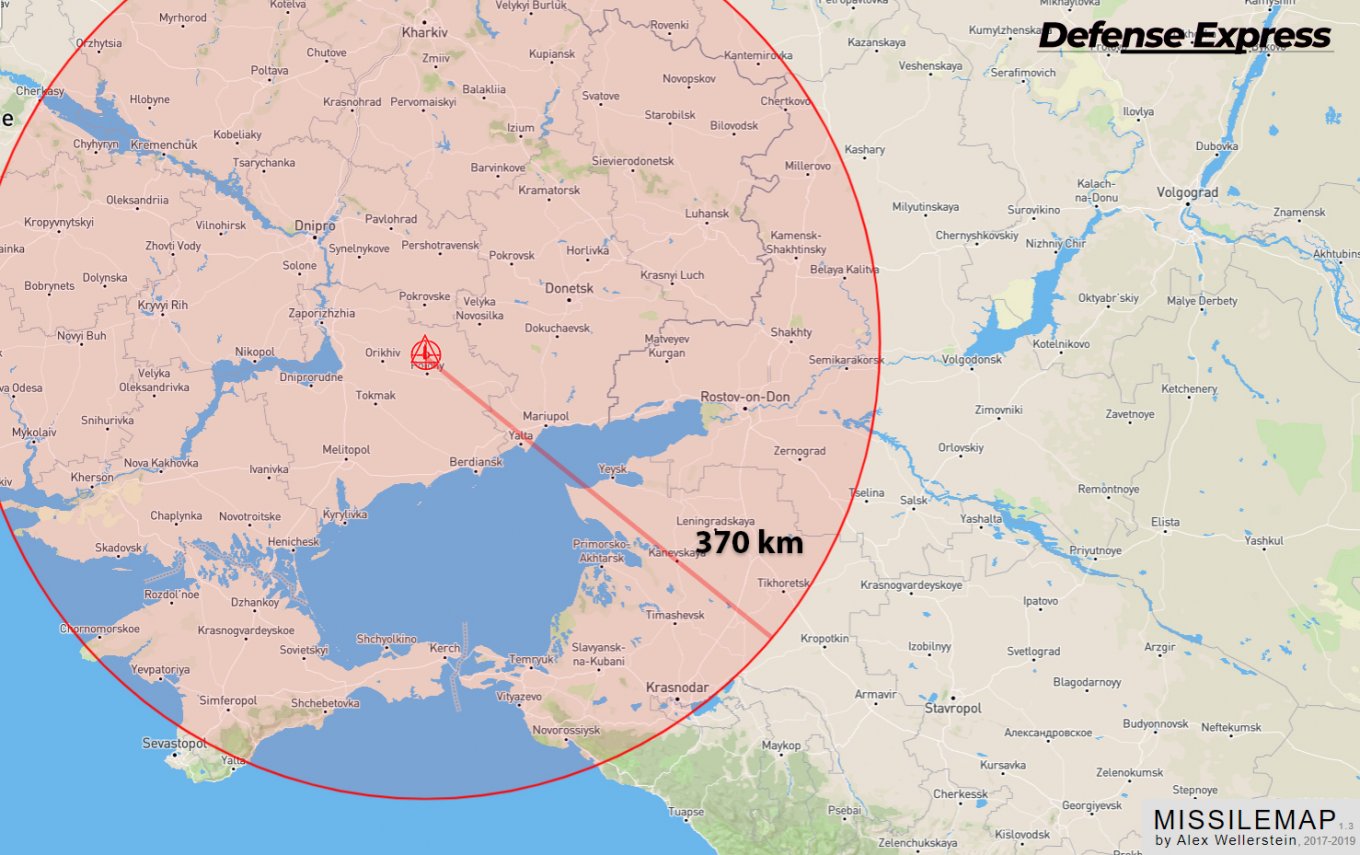
However, it’s important to note that 370 km is the maximum range for this version of the JASSM, and its flight path is not a straight line. The missile maneuvers to avoid enemy air defenses, which may reduce its effective range.
There is also the AGM-158B JASSM-ER version, which boasts a range of around 900 km, with similar payload specifications. Although the likelihood of Ukraine receiving this version is low, its extended range could target areas as far as St. Petersburg, Vologda, Nizhny Novgorod, Tolyatti, Astrakhan, and Grozny.

Where a Storm Shadow/SCALP Could Reach
The potential use of Storm Shadow cruise missiles on russian territory remains a subject of speculation. While the British government has gone back and forth on whether it permits such usage, there is hope that approval could be granted soon, especially with the British Prime Minister’s visit to Ukraine.
The Storm Shadow missile has the longest range of any Ukraine-operated weapon at present, originally capable of reaching up to 560 km in the non-export version. This range would enable strikes deep into the Moscow region and military installations near cities like Tver, Ryazan, and Tambov. In Tambov, for instance, russia has repurposed a bread factory into a drone assembly workshop, turning it into a legitimate military target.
In other directions, this range could also reach military facilities around Sochi, Stavropol, Maykop, and Volgograd. However, as with all cruise missiles, the effective range may be shorter due to flight path adjustments for evading air defenses.
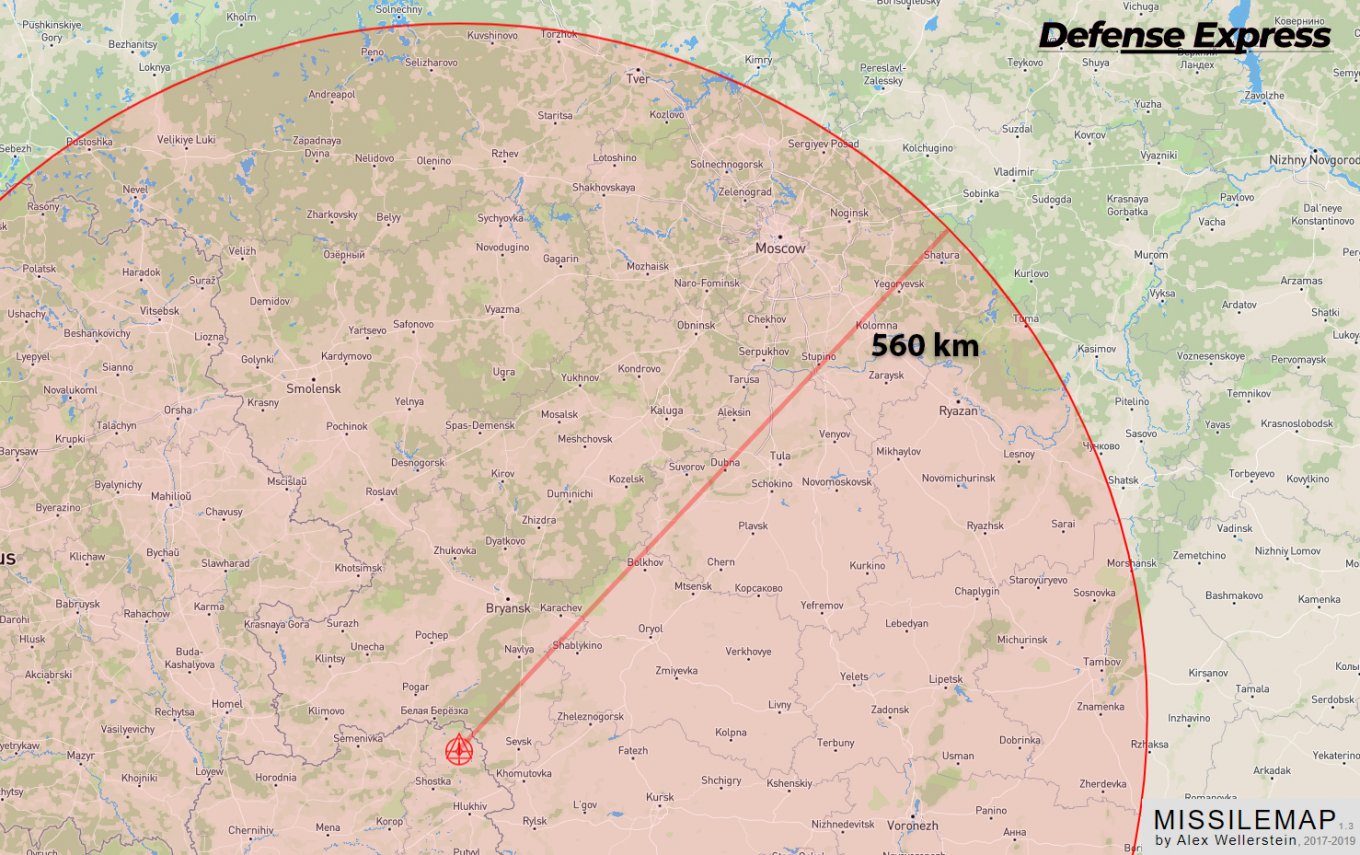
Additionally, there has been speculation about range restrictions on exported missiles, citing the Missile Technology Control Regime (MTCR). Just like the Storm Shadow handed to Ukraine, according to this agreement, missiles are only eligible for transfers with their range limited to 300 km. However, this is an informal deal between countries without binding power.
Given that russia has already broken this agreement by transferring Iskander ballistic missiles with 500-km range and cruise missiles exceeding 1,500 km to Belarus, the MTCR seems irrelevant when it comes to dealing with the russian federation.
Read more: How Many ATACMS It Takes to Wipe Out a russian Airfield




